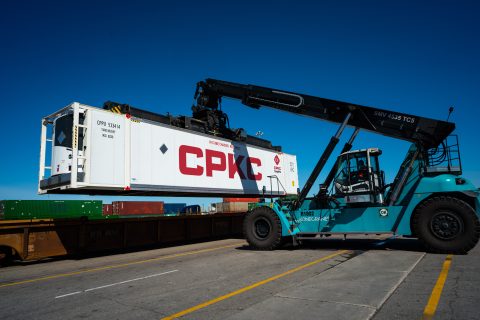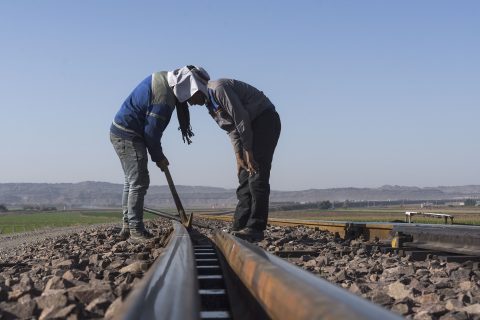The tendering process is underway for technical designs of the first sections of the vital new Rail Baltica freight and passenger route in Latvia.
Running from Tallinn in Estonia on the northern Baltic coast, down through Latvia, and onto the Lithuanian/Polish border, Rail Baltica is seen as critical to enabling the full integration of the Baltic states into the European rail network.
Design
This inital tender is for a 57-kilometre stretch from Upeslejas – Riga Central station, Tornkalns – Imanta, and Riga Airport – Misa River. The tender covers the design and design supervision services for the construction of the mainline sections through Riga. The closing date for bids is February 28
Jean-Marc Bedmar, Senior Engineer of RB RAIL AS, said: “With this tender for the detailed technical design of the first 57 km of Rail Baltica railway track in Latvia we have launched the Rail Baltica detailed technical design preparation process in all three Baltic countries. Nevertheless, these three competitions are only a few of many upcoming railway design tenders to be carried out until 2022 in Estonia, Latvia and Lithuania.”
TEN-T
Rail Baltica will become another key part of the North Sea-Baltic TEN-T Corridor, one of nine dedicated European transport corridors. Catherine Trautmann, Corridor Coordinator, said: “I am impressed with the speed that the global Rail Baltica project implementation has gained in 2017 under the leadership of RB RAIL. The project has definitely entered the design phase and delivered on important studies. The EU’s financial contribution to this truly European project has now reached approximately 680 million Euros for the new construction in the Baltic States, and approximately 800 million Euros for the upgrade of several sections in Poland, via the Connecting Europe Facility.
“It is money well spent – Rail Baltica will bring significant socio-economic benefits to the whole region, projected to exceed 16.2 billion Euros, as it will diversify and secure the whole Baltic transport infrastructure bringing new economic dynamism, equalising the East-West and North-South routes, placing them at the heart of the EU transport market.






